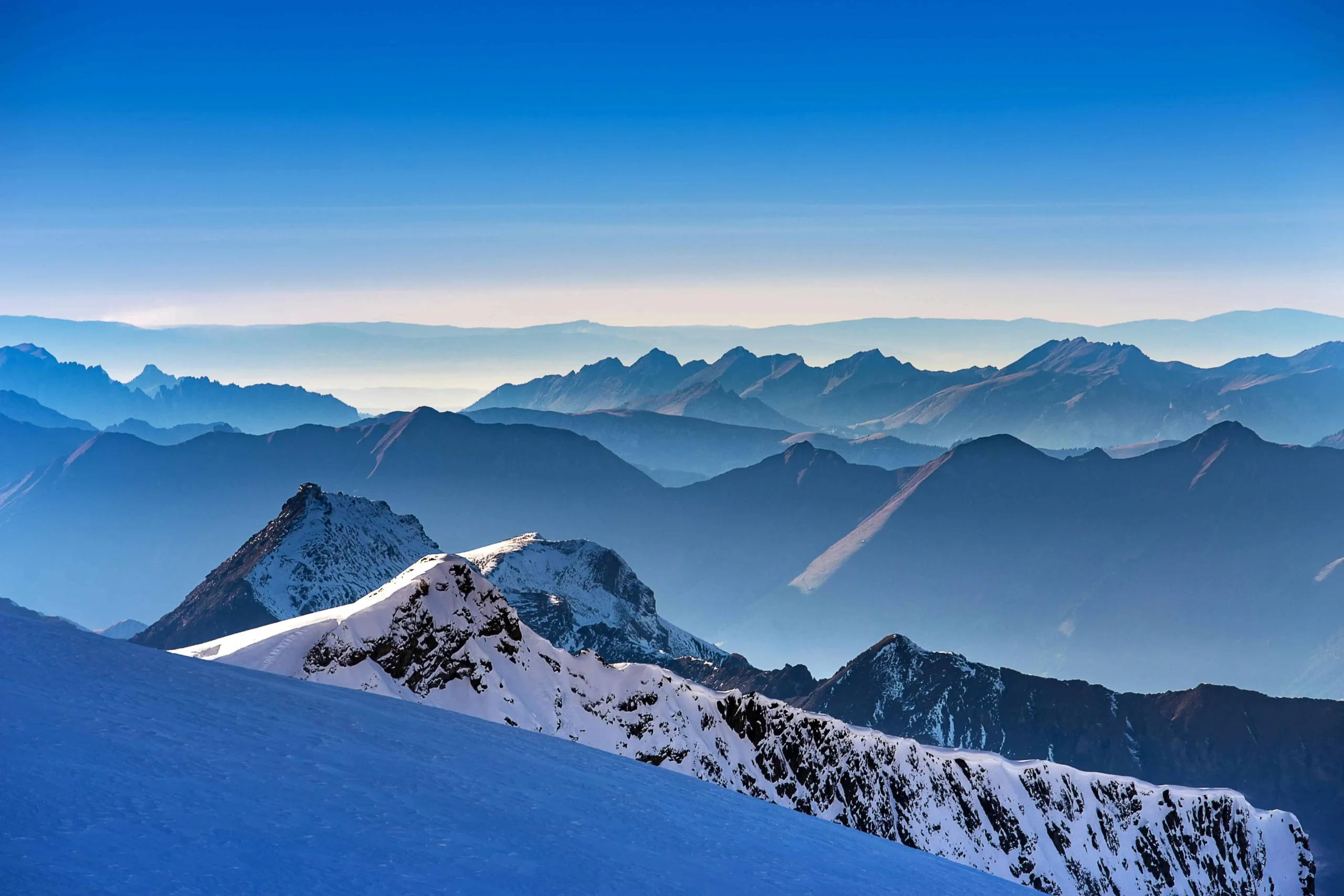Are you curious about the best time to travel to Switzerland for your dream alpine vacation? The nation’s majestic peaks, shimmering lakes, and vibrant cultural festivals beckon year-round. Each season offers something unique, from winter sports and cozy Christmas markets to vibrant summer hikes and cool lakeside retreats. Whether you crave powdery slopes or blooming valleys, Switzerland’s varied climate ensures there’s an ideal moment for every kind of traveler. In this guide, we’ll break down the highlights of each season—so you can pick the perfect month and match your visit to your favorite activities.
Introduction
Switzerland stands out as a four-season wonder. Its mountainous terrain and diverse microclimates create distinct experiences between winter, spring, summer, and fall. Ski enthusiasts flock to the Alps in December, January, or February for fresh powder. Meanwhile, hikers wait for the lush green trails of summer. Others prefer fall’s tranquil atmosphere or spring’s wildflowers blooming across peaceful meadows. Knowing the best time to travel to Switzerland helps you plan effectively, especially if you’re juggling budgets, weather preferences, or a specific itinerary.
In this article, we’ll explore each season’s perks—from winter carnivals and scenic train rides to summer music festivals and grape harvest events. We’ll also share practical tips on crowd levels, pricing, and the best reasons to pick one season over another. Ready to see which time frame suits your travel style? Let’s begin with chilly winter magic.
1: Winter in Switzerland: Best Time for Skiers and Snow Lovers
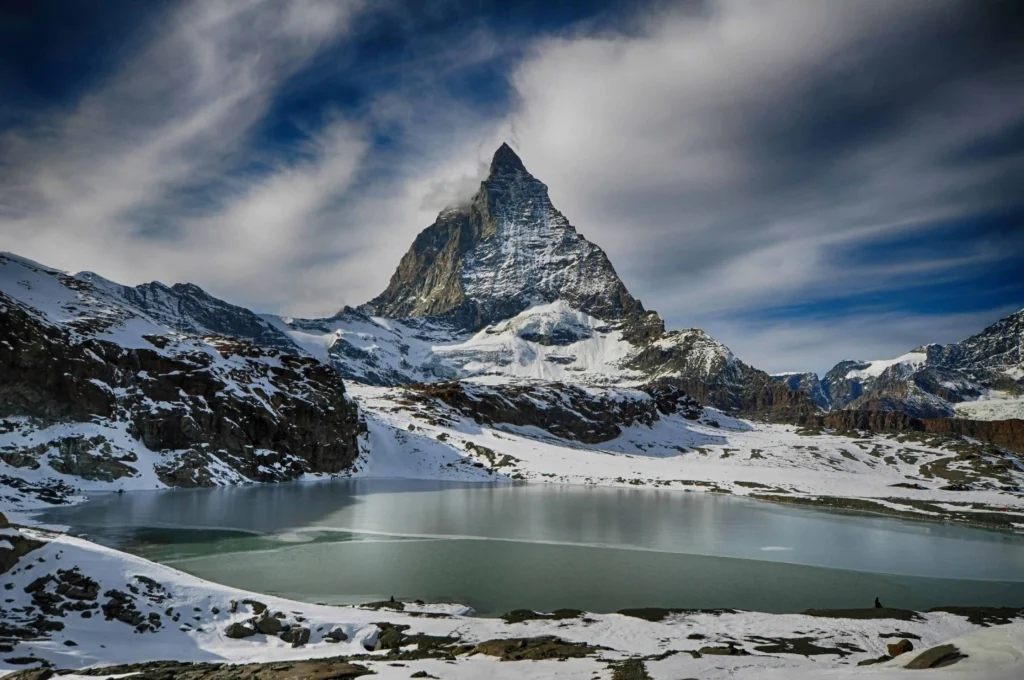
Top Ski Resorts to Visit in Winter
Winter remains a top choice if you’re into skiing, snowboarding, or marveling at snow-capped peaks. Zermatt draws many visitors for views of the iconic Matterhorn. You’ll find well-groomed runs, high-altitude slopes, and a car-free village that oozes alpine charm. St. Moritz appeals to luxury seekers, offering boutique shopping, gourmet dining, and upscale nightlife. Verbier sits in the 4 Vallées ski area and targets adrenaline junkies with off-piste adventures.
- Zermatt: Famous for the Matterhorn, advanced trails, and year-round glacier skiing. Expect rooms from around CHF 200–400 per night.
- St. Moritz: Upscale lodging, Michelin-starred restaurants, and glamorous events like White Turf horse racing on a frozen lake. Prices can soar to CHF 300–600 nightly.
- Verbier: Known for challenging terrain and lively après-ski scene, with midrange accommodations around CHF 150–300.
If you’re planning to hit the slopes in Switzerland, having the right gear is crucial. Don’t forget to consult our list of must-have items for a ski trip before you pack.
Must-See Winter Festivals
Switzerland’s winter celebrations extend beyond the mountains. Basel Carnival (Fasnacht) lights up the usually tranquil city with parades, lanterns, and masked revelers. If you’re near Zurich or Geneva, don’t miss the enchanting Christmas markets in December. Shop for handmade ornaments, sip mulled wine, and nibble on gingerbread at these festive stalls. Reserve hotels early, as holiday season sees price spikes.
- Basel Fasnacht: Held shortly after Ash Wednesday, featuring 72 hours of nonstop confetti, music, and creative floats.
- Christmas Markets: Zurich’s Christkindlimarkt and Geneva’s Noël au Jardin draw families with crafts, carols, and hot chocolate stands.
- Pricing: City hotels range CHF 120–250, climbing near festival dates.
Scenic Winter Experiences
There’s more to winter than skiing or carnival fun. The Glacier Express train is an absolute must for panoramic windows that showcase snowy valleys and frosted forests. Snowshoeing adventures let you trek through quiet trails in regions like Davos or Engelberg. Or take a horse-drawn carriage ride through tranquil Alpine villages—ideal for couples seeking cozy romance.
- Glacier Express: A day-long ride from Zermatt to St. Moritz, costing about CHF 150–300 depending on class and route.
- Snowshoeing: Tour operators often charge CHF 50–100 for guided half-day excursions.
- Tip: Dress in layers. Temperatures can dip below freezing, especially at higher elevations.
2: Spring in Switzerland: When Nature Comes Alive
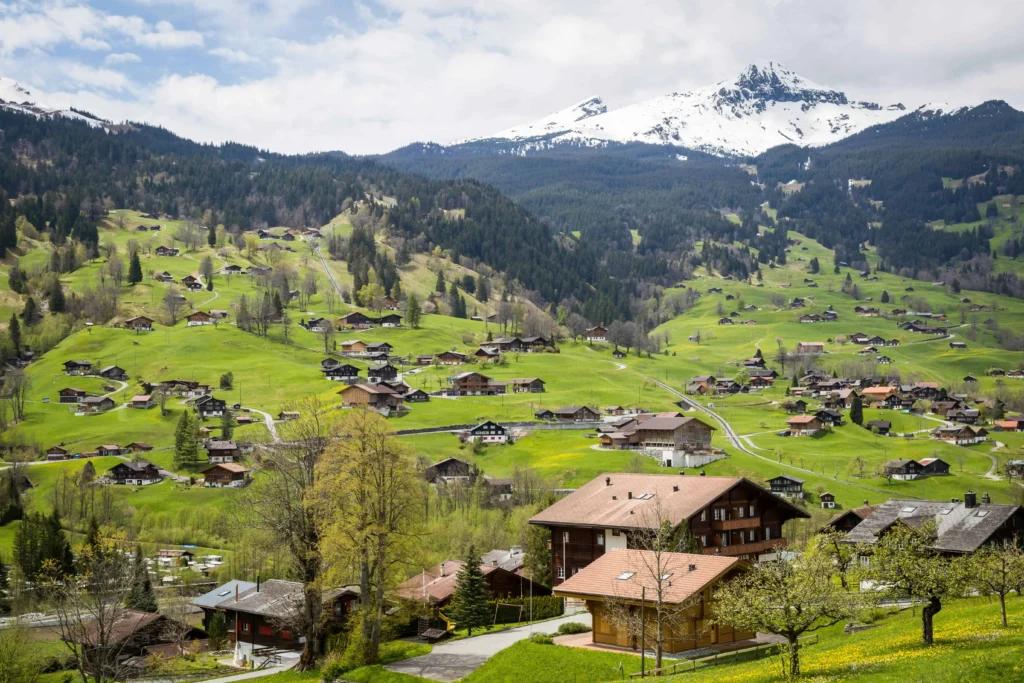
Blooming Landscapes and Wildflowers
Spring means mild days and vibrant scenery. Around Lake Lucerne, the surrounding mountains transition from snowy peaks to lush greenery. Interlaken also benefits from gentler weather, letting you enjoy early-season hikes without the winter crowds. The interplay of leftover snow at higher altitudes and blooming meadows at lower altitudes forms a striking backdrop for photography.
- Lake Lucerne: Boat cruises start from CHF 25–40. The area’s relaxing vibe suits laid-back travelers.
- Interlaken: Early spring crowds remain low, and accommodations can drop to CHF 100–150.
- Average Temperature: 45–60°F (7–15°C), so a light jacket suffices.
Best Spring Hiking Trails
The Jungfrau Region offers scenic routes for day hikes, with partial snow at the top but greener valleys below. Keen trekkers might explore the scenic paths around Grindelwald, but always check conditions as some high-altitude trails open fully in late May. Meanwhile, the hilly region of Appenzell bursts into life with rolling meadows, ideal for moderate hikes or even e-biking.
- Jungfrau: Try the Panorama Trail from Männlichen to Kleine Scheidegg for epic mountain views.
- Appenzell: Enjoy gently sloping hills, plus local cheese dairies for sampling.
- Caution: Late spring snowfall sometimes lingers on higher trails, so confirm accessibility.
Peaceful City Exploration
Spring’s a sweet spot for city breaks. Geneva’s waterfront exudes calm, with fewer tourists than in summer. You can stroll along the Jet d’Eau area or tour the Palais des Nations. Bern’s old town blossoms with flowers around the Aare River. Museums and galleries remain open year-round, so rainy days pose no problem. If you prefer something lively, check out the beginning of festival season.
- Geneva: Lake cruises for about CHF 8–15, plus gastronomic delights if you love Swiss chocolate.
- Bern: The city’s UNESCO-listed old town offers market squares, lovely arcades, and scenic viewpoints.
- Prices: Spring sees moderate hotel costs, roughly CHF 120–200 nightly in city centers.
Switzerland’s charm is undeniable, but it’s also a great starting point for exploring other iconic destinations. Check out our guide to the Best Cities in Europe to Visit to expand your travel plans.
3: Summer in Switzerland: Best Time for Outdoor Adventures
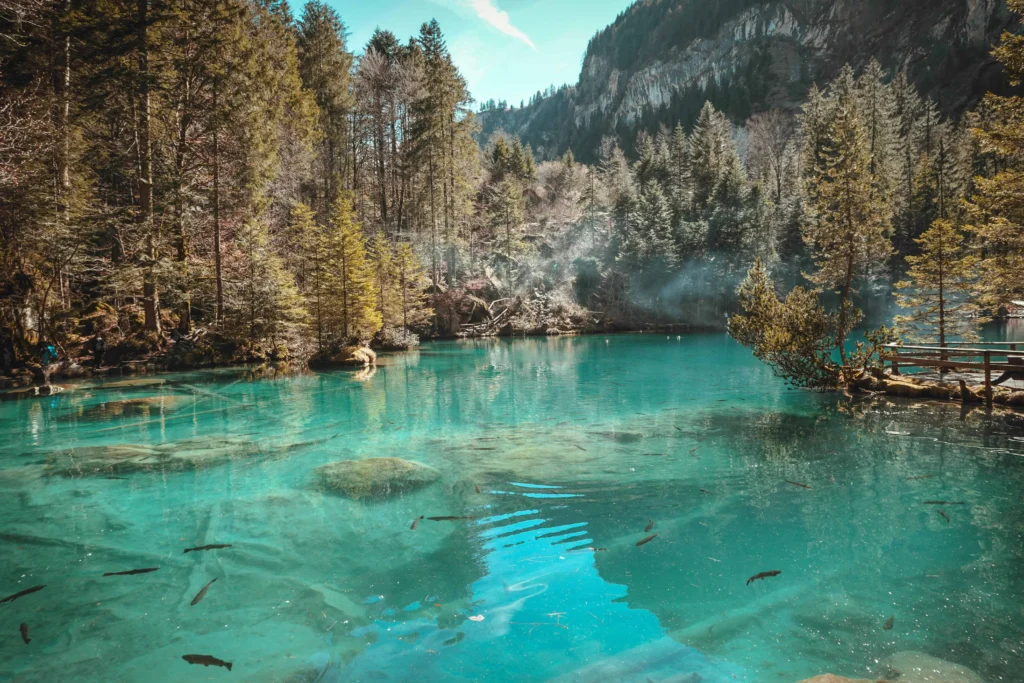
Top Hiking and Biking Destinations
Summer is prime for exploring Switzerland’s pristine trails by foot or bike. Grindelwald stuns with glacier views and famed peaks like Eiger, Mönch, and Jungfrau. Lauterbrunnen’s valley enchants with waterfalls plummeting from cliff edges, plus easy train links for day trips. If you’re into e-biking, local rental shops supply gear for tours around Lake Thun or Lake Brienz, where turquoise waters reflect dramatic mountains.
- Popular Hikes
- The Eiger Trail: moderate difficulty, taking 2–3 hours
- Panorama Trails near Mürren and Wengen
- Costs
- Cable car passes for mountain access start around CHF 30–50.
- Biking rentals: from CHF 40 daily
Whether you’re visiting Switzerland for skiing, hiking, or scenic train rides, packing efficiently is key. Learn how to get organized with our Packing Tips for International Travel.
Scenic Train Rides
Train journeys like the GoldenPass Line (Lucerne to Montreux) let you soak up summer’s green valleys, vineyards, and fairytale castles. Another highlight, the Glacier Express, looks equally gorgeous in summer, revealing a mix of pine forests, meadows, and quaint villages. Book advanced tickets to secure panoramic window seats.
- GoldenPass: Divided into segments; entire route can cost ~CHF 80–120 in second class
- Glacier Express: Full route from Zermatt to St. Moritz, about 8 hours, with optional meal service onboard
- Season Tip
- Summertime trains fill up quickly—reserve 1–2 months early
Summer Festivals and Events
When the weather warms, festival season explodes. Montreux Jazz Festival in late June/early July lures top international musicians. Geneva’s Fête de la Musique in June transforms streets into open-air stages. Swiss National Day on August 1 sees fireworks and outdoor feasts throughout the country. These gatherings reflect Swiss joie de vivre, pairing music with local delicacies.
- Montreux Jazz Festival
- Some free shows, ticketed headliners priced around CHF 50–CHF 150
- Book accommodations near Lake Geneva early, as rooms fill quickly
- Fête de la Musique
- Free concerts in public squares, ideal for families or budget travelers
- Cost
- Summer hotel rates peak: CHF 150–300 for midrange near festival venues
4: Fall in Switzerland: Best Time for Tranquility and Foliage
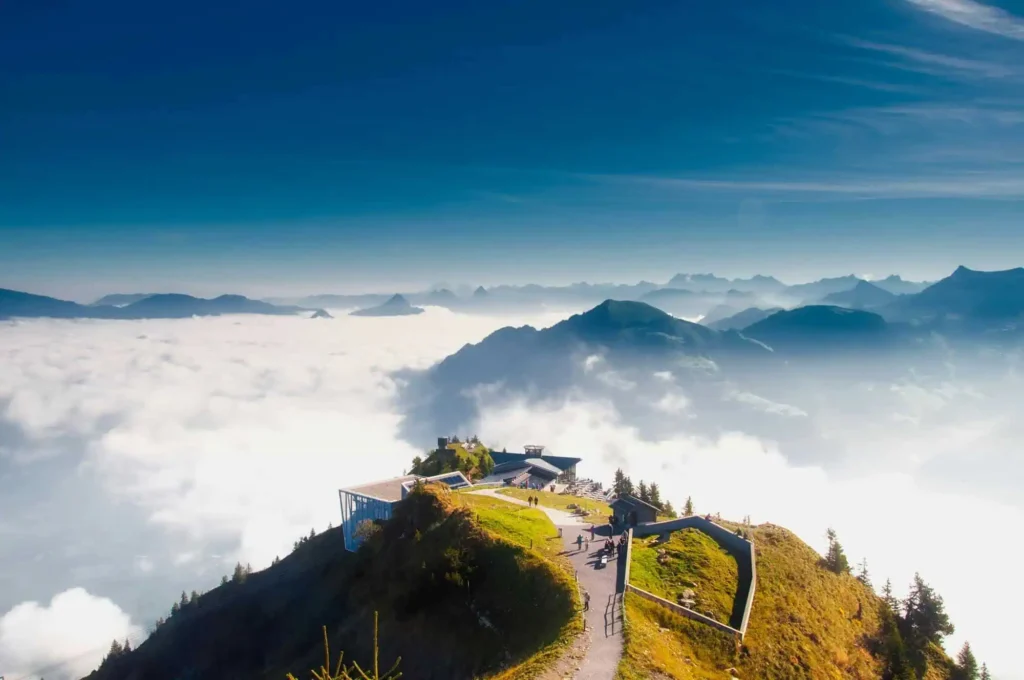
Vibrant Autumn Colors
Autumn in Switzerland may surprise you with fiery reds, oranges, and golden hues. Lake Geneva’s vineyards, especially in Lavaux, look enchanting during grape harvest time. You can roam terraced hillsides and sample local wines. The Jura Mountains also host scenic drives for leaf-peeping, with trails perfect for day-long picnics.
- Lake Geneva
- Many vineyards offer tastings for around CHF 10–20.
- Harvest events let you watch (or join) grape picking.
- Jura Mountains
- Great for scenic roads if you rent a car
- Cozy farm inns starting at CHF 80–120 nightly
When planning your trip to Switzerland, it’s wise to consider travel protection, especially for winter trips or high-cost adventures. Learn more about why travel protection is worth it and how it can help in unforeseen circumstances.
Unique Swiss Fall Festivals
Traditional festivals showcase Swiss customs. Alpine cattle descent, known as the Almabtrieb, sees cows decorated with flowers and bells paraded through villages. Lutry’s Grape Harvest Festival near Lausanne celebrates local wine, offering live music, parades, and fresh must (grape juice). The mild fall weather supports sightseeing without heavy summer crowds.
- Alpine Cattle Descent
- Takes place in various villages from September to October
- Festive atmosphere, local cheese tastings, and artisanal crafts
- Grape Harvest Festival in Lutry
- Wine-themed floats, dancing, and pop-up food stalls
- Free entry, but you’ll pay to sample wines or local specialties
Peaceful Alpine Retreats
If you prefer solitude, smaller villages like Gruyères or Appenzell in autumn are perfect. Crisp mountain air replaces summer’s heat, and hotels may discount rooms as tourist flow slows. Stroll castle grounds, sip hot chocolate, or appreciate local museums with minimal lines. Just be mindful that some mountain lifts or attractions close temporarily for off-season maintenance.
- Gruyères
- Known for cheese-making traditions and a charming medieval town center
- Gruyères Castle entrance around CHF 12
- Appenzell
- Colorful houses, local folk traditions, great for casual hikes in rolling hills
- Off-Peak Advantage
- Competitive lodging rates, around CHF 80–150 for a cozy inn
5: Choosing the Best Time to Travel to Switzerland Based on Activities
Best Time for Adventure Seekers
- Winter: Perfect for skiing, snowboarding, or winter sports. Ideal months: December–February. Regions like Zermatt, St. Moritz, and Verbier top the list.
- Summer: Great for hiking, paragliding, and mountain biking. The Alps remain accessible from June to August, offering stable weather for high-altitude treks.
Ideal Time for Relaxation
- Spring: Quiet nature walks, blossoming gardens, and fewer tourists than in summer. Good for scenic train rides or spa weekends.
- Fall: Crisp air, harvest festivals, and tranquil lakes. Great for couples or solo travelers wanting reflection time in smaller villages.
Best Time for Scenic Photography
- Winter: Snow-clad peaks, frosty pine trees, and magical Christmas markets. Crisp, clear skies help capture Alpine panoramas.
- Fall: Vibrant foliage across vineyards and valleys, with morning mists adding drama. Minimal crowds let you snap iconic shots in quiet settings.
Whether you’re visiting Switzerland in winter or summer, a good camera is essential for capturing the breathtaking scenery. Explore our list of the Best Camera Under $500 to find the ideal travel companion.
FAQ: Best Time to Travel to Switzerland
1. What is the best time to travel to Switzerland for skiing?
December to February typically offers the best snow conditions, especially in high-altitude resorts like Zermatt and St. Moritz.
2. When is the best time to visit Switzerland for hiking?
The warm months of June through August are ideal for hiking. Trails in areas like Grindelwald and Lauterbrunnen remain accessible and well-maintained.
3. Is Switzerland crowded during the summer?
Yes. Popular destinations like Interlaken or Lake Lucerne see tourist peaks from mid-June to late August. For thinner crowds, consider visiting in spring (April–May) or fall (September–October).
4. What is the cheapest time to travel to Switzerland?
Shoulder seasons (spring and fall) often yield lower flight and accommodation prices. You’ll still enjoy pleasant scenery without peak-season crowds.
5. Which season is best for a scenic train ride in Switzerland?
Both summer and winter bring distinct views. Summer reveals green valleys and alpine flowers, while winter coats the mountains in pristine snow, offering a fairytale-like backdrop.
Conclusion
Switzerland’s appeal shifts with each season, ensuring there’s no single “best” time—only the best time to travel to Switzerland for your personal interests. Winter dazzles with ski slopes and cozy Christmas markets, spring emerges with wildflowers, summer invites adventurous hikers, and autumn enchants with quiet villages and grape harvest festivals. By understanding each season’s highlights, you can plan a trip matching your appetite for outdoor sports, scenic serenity, or cultural festivities.
Before booking, consider your budget and whether you prefer a crowd or a peaceful backdrop. Research seasonal closures—some mountain railways or cable cars pause operations in low seasons. Lastly, keep an eye on special deals or early-bird offers from airlines or hotels. Which Swiss season aligns with your traveler style? Let us know. Then start planning your Swiss escape—be it for roaring winter sports, serene summertime hikes, or the kaleidoscope of foliage in the fall.
For official Swiss travel insights and updates on seasonal events, you can visit the Switzerland Tourism website directly. They offer current tips on weather, rail passes, and activities to help finalize your perfect Swiss getaway.

